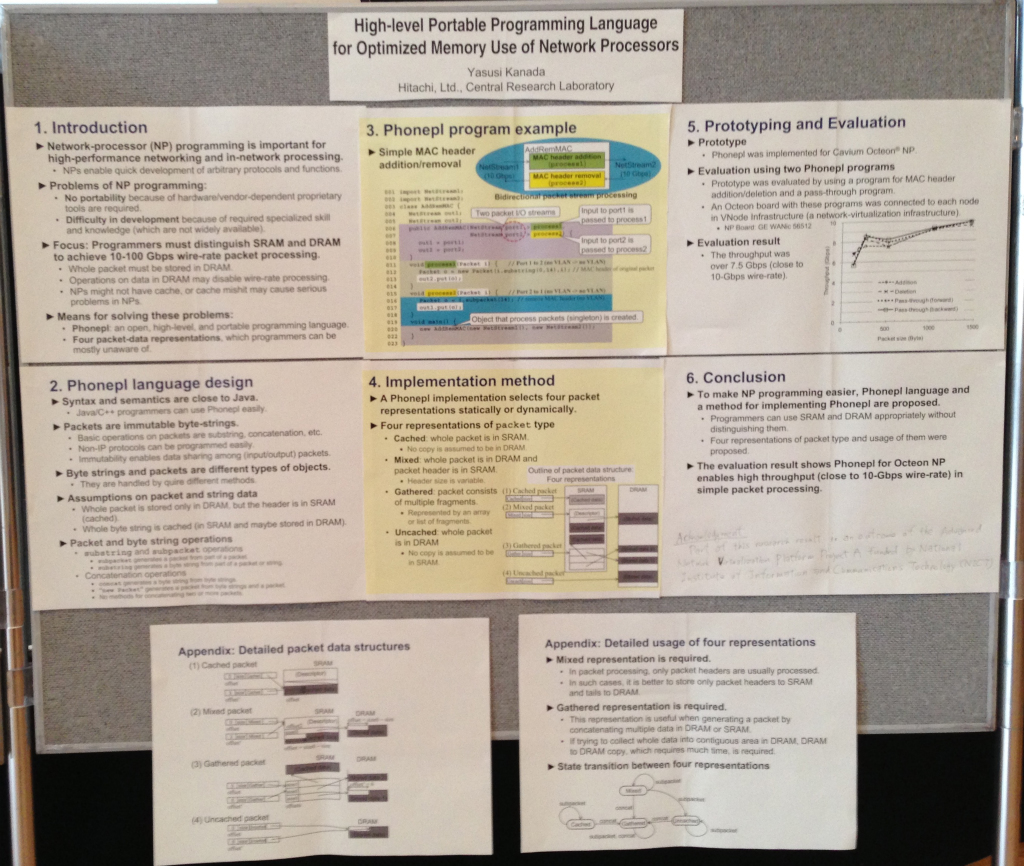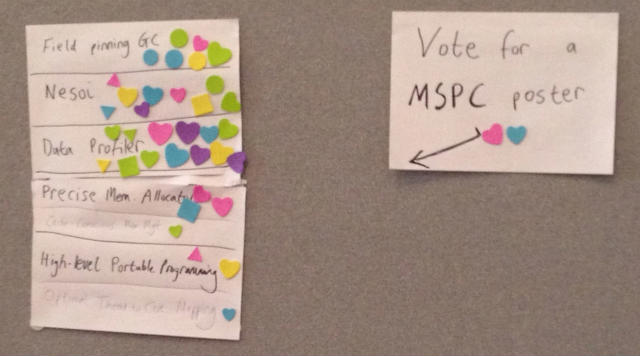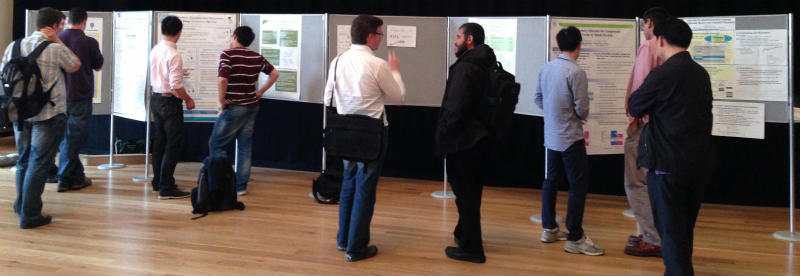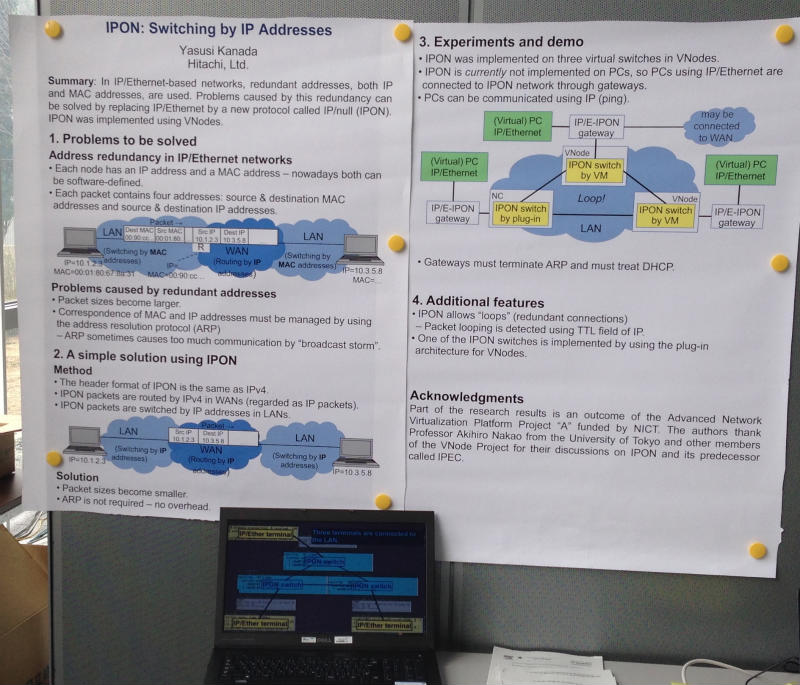SNMP-based QoS Programming Interface MIB for Routers
Kanada, Y., Ikezawa, M., Miyake, S., and Atarashi, Y., draft-kanada-diffserv-qospifmib-00.txt, Internet Draft, November 1999.
[ 日本語のページ ]
[ Local textual version ] [ Slides used in 46th IETF: Configuration Management BOF, Diffserv WG, and RAP WG (not recommended) ]
Abstract: This document describes a QoS PIF MIB (Quality-of-Service Programming-Interface Management-Information-Base) to be used as an SNMP-based programming interface for routers. This MIB is intended to be a programming interface for router QoS functions, especially DiffServ-related [RFC2475] functions including packet scheduling (queuing), dropping, and metering that must be modular and concisely described. Traffic-conditioning rules and metering rules for DiffServ-related functions are defined modularly by using "virtual flow labels" and exclusive conditions in rules, and new classifications for packet-scheduling and packet-dropping functions are introduced. This document focuses on satisfying the requirements on programming interfaces or programming languages for router control. Thus, the focus is different from that of DiffServ MIB [DSMIB] or QoS PIB [QoSPIB].
Introduction to this research theme: Policy-based Networking





